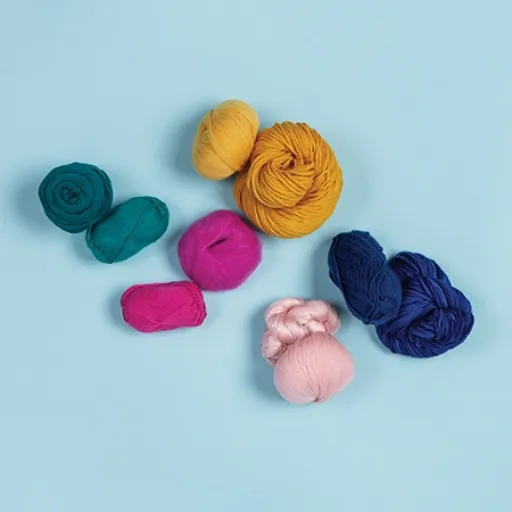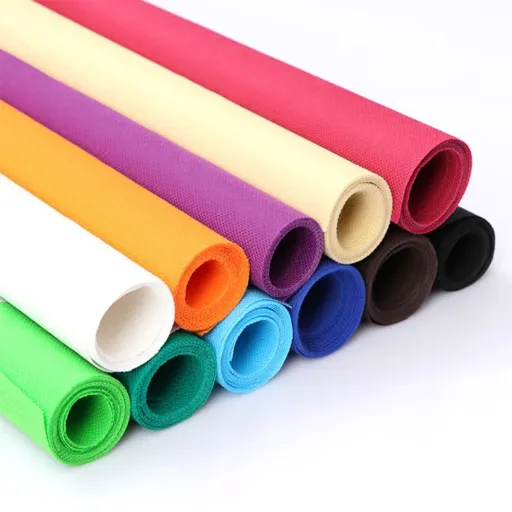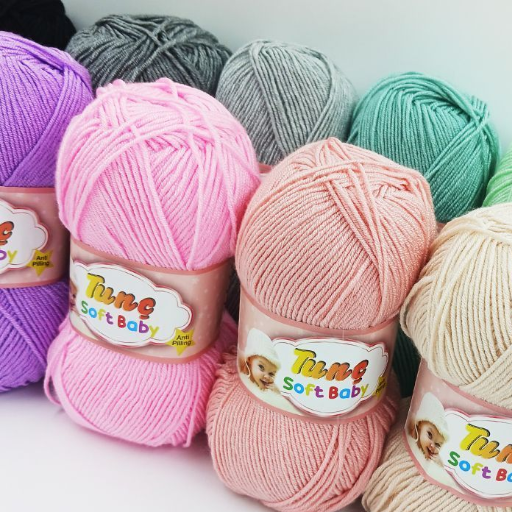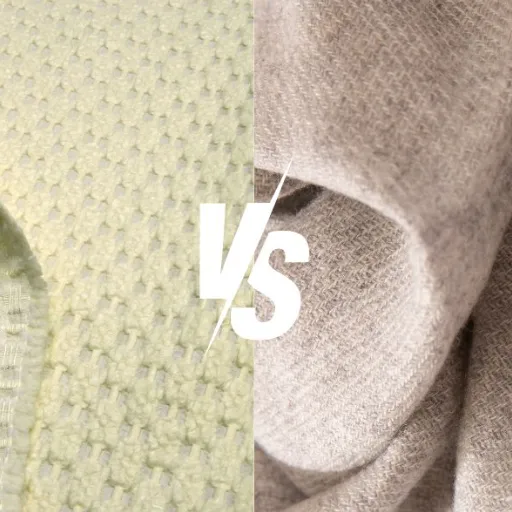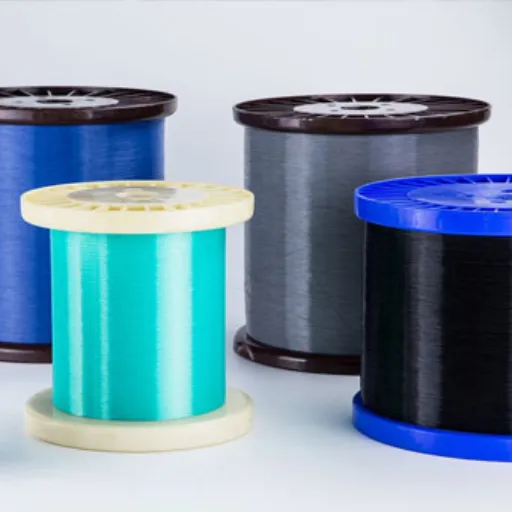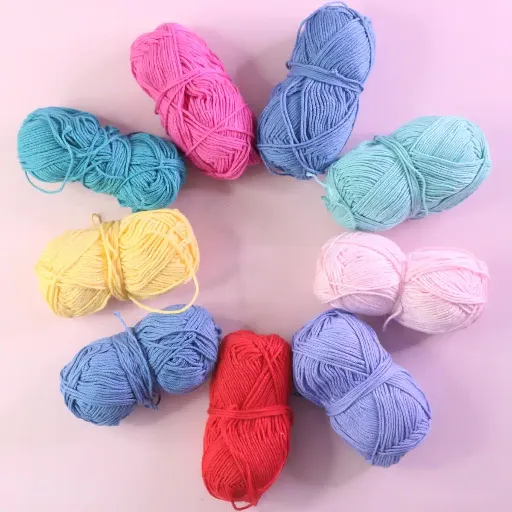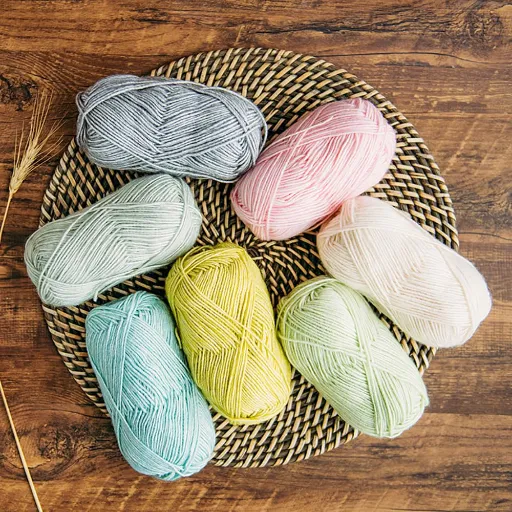Acrylic and polyester are the two most popular synthetic fabrics used for clothing, furniture, and even outdoor equipment. Like all fabrics, they serve different purposes because of their unique properties. Based on their merits, these fabrics are applied in different sectors. Knowing the differences between polyester and acrylic is crucial whether you are a manufacturer, designer, or simply buying clothes meant for certain weather conditions, California based company Acrylon states. This covered guide aims to provide all the basic solutions about each fabric’s properties, pros and cons so you can select the right tarpaulin for your needs.
What are the Differences Between Polyester and Acrylic Fabrics?
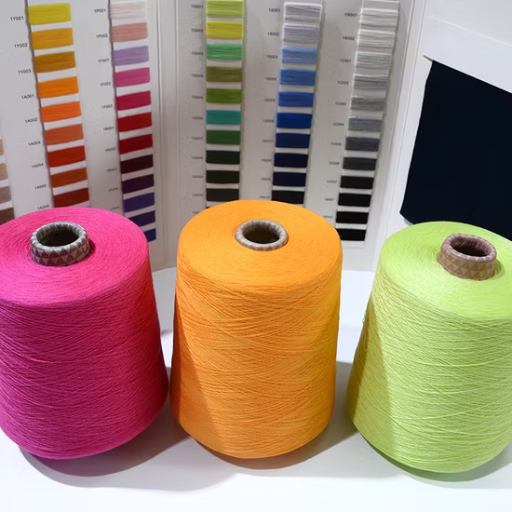
- Durability
Products made from polyester face a lot of wear and tear so it is better-suited for activewear because of its high resistance against abrasion, stretching, and shrinking. This synthetic fabric is protective against sports injuries too, making it suitable for protective clothing.
- Warmth and Insulation
Unlike polyester, acrylic has better warmth or insulation for the colder regions because it mimics wool’s properties. Because of this, it is ideal for Cold weather wear such as sweater or blankets.
- Moisture Management
Outdoor clothing and activewear need to have fabric which absorbs moisture quickly and body sweat, unlike acrylic which is breathable but does not handle moisture well.
- Softness
Acrylic fur offers a superior feel making it warmer compared to true wool. While smooth, polyester may be less soft to the touch depending on its weave or finish.
- UV Resistance
While both fabrics are resistant to sun damage, polyester fabric holds an advantage. It maintains its color and shape for long periods of time and is best for clothes worn during summertime. Other than sun damage, acrylic fabric is also prone to degrading over time.
- Cost
Polyester is a bit pricier when compared to acrylic, making it cost-effective for everyday items.
How do the moisture management properties compare?
|
Key Point |
Polyester |
Acrylic |
|---|---|---|
|
Moisture Absorption |
Low, resists absorption |
Low, resists absorption |
|
Drying Speed |
Dries quickly after washing |
Dries quickly but slower than polyester |
|
Moisture Wicking |
Effective, moves moisture outward |
Less efficient than polyester |
|
Retention of Sweat Smell |
May retain odors |
Less prone to odor retention |
|
Texture When Wet |
Stays lightweight |
Slightly heavier when wet |
|
Ideal Use in Moist Environments |
Suitable due to fast drying |
Moderately suitable |
|
Breathability |
High, supports airflow |
Moderate |
|
Resistance to Mold and Mildew |
Strong resistance |
Also resistant but slightly less effective |
Which fabric is more breathable?
Creates like polyester, require air to circulate and thus shaped involve material to surface patterns. Compared to cotton, polyester has less ventilation due to tighter weave. To its advantage, more modern methods of making polyester including the addition of microfibers and some technologies enhanced perspiration pumping, results in better airflow.
What are the environmental impacts of each fabric?
The most significant drawback of organic cotton lies in the high freshwater consumption it requires. There is also heavy use of pesticides and other chemicals used during farming. The lifecycle of a single cotton T-shirt is estimated to be responsible for the addition of over 2,700 liters of water into the environment, which isn’t gonna solve water scarcity. Additionally, conventional cotton farming shifts the chemical balance within the soil and contaminates surface waters, taking a toll on the vegetation and soil wildlife. This can be mitigated using organic cotton which is cultivated without many of those chemicals.
How to Choose Between Acrylic and Polyester for Your Projects?
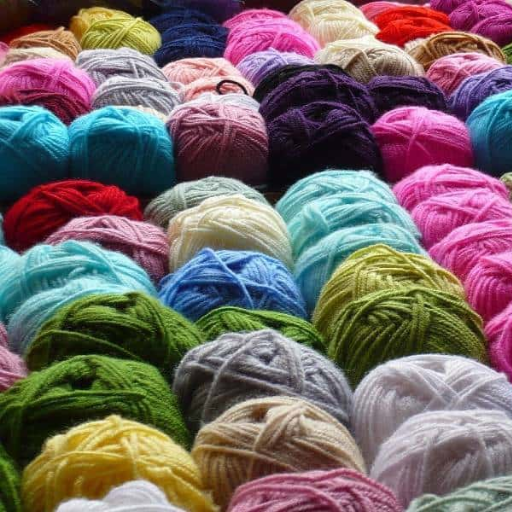
When choosing between acrylic and polyester for your projects, keep in mind the following factors:
- Durability: It is no wonder that polyester is often used for furinture material, outdoor gadgets, and clothing items like jackets as it is highly durable. Even when put under consistent pressure, polyester does not easily undergo wear. Fabrics made with acrylics tend to be cost-effective. While no match for polyester, acrylics are not weak either. Well protected from sunlight, light acrylics can be used in hover upholstery and other covering applications.
- Moisture Resistance: For sportswear, polyester is best as it is moisture-wicking and quick drying. It also works well in equipment that gets wet often. Acrylic is not recommended as it is slow to dry and retains water.
- Comfort: For clothing and blankets, acrylic mimics wool and provides warmth which makes it perfect for outerwear. Although versatile, polyester is less soft to the skin without added treatments.
- Environmental Impact: All materials have their forms of concern, however, in the case of sustainability, recycled polyester (rPET) has less of a negative impact than virgin polyester or acrylic.
Evaluating all these factors in regard to the requirements of your project enables you to make the right choices in regard to functionality, durability, and sustainability.
What are the best applications for acrylic yarn?
The versatile nature and affordability of acrylic yarn has made its use to be widely known. Withstands wear and tear, making it effortless to create countless stylish casual clothing such as shorts skirts and everyday hats. Soft yet strong acrylic yarn easily helps in home textiles such as blankets and bright cushions, and other vibrantly colored home accessories. It can also keep its good looks for years without fading. It is also commonly used in making good quality outdorr fabrics like patio cushions which are reistant to fading and mildew. For hobbyists and those who create do-it-yourself items, acrylic yarn is the best choice for knitting and crochet because it is cheap, available in lots of colors, and easy to use. In many ways shown above the necklace and pins can be great to use as decorative items not only for children aged three and above but for all ages.
When should you use polyester fabric?
The adaptable, long-lasting polyester fabric is used in many different clothes. It is used in activewear, uniforms, and outerwear that need to be strong, wrinkle resistant, and have low shrinkage. Since it works well for outer garments as well as activewear, polyesters moisture absorbing properties, making it suitable for sweat inducing activities, ensures optimal comfort during exercise. They can withstand nitapouo faygg washing and are therefore optimally suited for home textiles such as curtains, upholstery, and beddings. In construction involving other fibers like cotton and spandex, polyesters act as a wonder material because they provide strength and flexibility, hence are cheap down goods and surpass expectations on durability and look.
What to consider when choosing between acrylic and polyester?
For selection I would suggest evaluating the two options and taking into consideration what one needs acrylic or polyester. Acrylic fibers are softer and warmer often mimicking natural wool, which makes them useful in cold-weather clothing and blankets, this is their strongest selling point. Though, they do not outlast polyester and are subordinate to abrasion and heat resistance. Wearing polyester means experiencing exceptional durability, stretching, and fast drying which is important for sports, outdoor activities, and high performance textile fabrics. Factors related to the environment cannot be ignored either as polyester offers more usage in recycling compared to acrylic, which can alter the eco-conscious perspective. Furthermore, the budget and maintenance aren’t so easily dismissed as the latter needs more specialized cleaning compared to the former which does not need much cleaning and is resistant to shrinkage and creasing. These differences help direct decisions that meet the demands of diagnosis or design.
How Do Polyester and Acrylic Perform in Different Conditions?
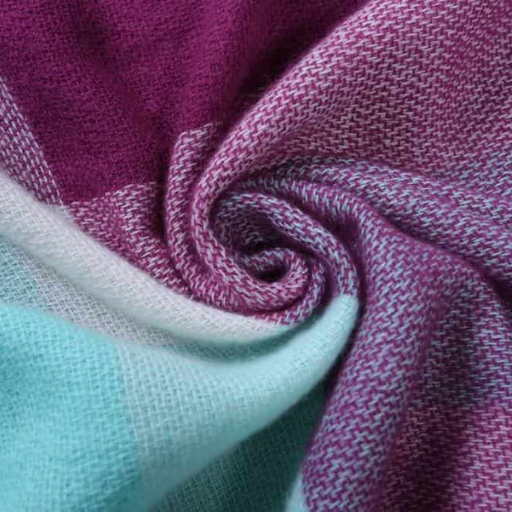
Polyester’s durability combined with its ability to withstand a multitude of conditions makes it suited for almost any use. It maintains its strength and shape in both humid and dry climates and also shows great udner weather protection from UV damage making it suitable for outdoor use. Polyester also has high stregth against mildew, abrasion, and many more, meaning it’s great in tough settings.
Acrylic stands out for its strong color retention as well as its resistance to fading due to sunlight making sprch fabricsroitdy useful for awnings and outdoor upholstery. This lack of abrasion resistance means that acrylic will wear out much quicker than poly-starched materials in high-friction environments. The poor Norden В. Schmidt major may lack thermal properties in colder conditions, as they don’t allow hot weather, or extreme temperatures. So the option would have to be the layout best suited for the environmental condition around the material world.
Which fabric is better for activewear and outdoor clothing?
In comparison for an outdoor wear and activewear fabric, polyester tends to win over acrylic due to it being more durable and having better moisture-wicking properties alongside being less prone to fail from abrasion. Ensuring absolute comfort during strenuous exercises, garments made of breathable polyester keep the wearer dry and cool by managing moisture well. Their lightweight and stretchable nature, as well as their ability to perspire, makes polyester activewear more effective. Furthermore, modern activewear polyester fabrics undergo treatment to boost protection from UV rays, and reduce antibacterial activity, thus making them suitable for outdoor use.
Acrylic is best known for providing excellent thermal insulation, which makes it popular in cold climates for use in sweaters or thermal layers. Hence, it is not suitable for high intensity breathering outdoors or activewear due to lack of muscle movement management. While acrylic excels at providing comfort in condition controlled environments, it fails to match polyester’s versatility. Activewear as well as outdoor clothing require the garment to be functional, reliable, and comfortable which makes polyester the best option.
Are there any differences in durability?
When determining practical application effectiveness in durability, acrylic falls behind in comparison to polyester. Nothing further stresses hiking gear more than hiking itself. Stretching, shrinking, and wrinkling resistant, repeat wearing and washing shouldn’t affect the garment’s shape or appearance. Moreover, fabrics fade over time due to environmental factors like UV radiation and polyester has a reputation for being a durable activewear fabric due to its resistance.
Polyester is the preferred option for situations needing long-term durability with constant environmental stress. Both materials offer advantages, however, polyester يمناهis more reliable with long-term exposure. Acrylic on the other hand, is reasonably durable, but fails to withstand heavy workloads or outdoor conditions. It also cannot withstand heat for long periods of time, risking fiber distortion or weakening.
What Are the Advantages of Using Polyester Over Acrylic?
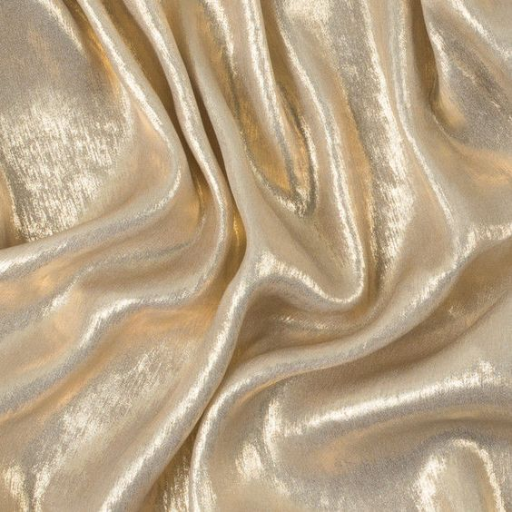
- Durability: As compared to acrylic, polyester has a much lower account of pilling, meaning it retains its appearance and effectiveness for much longer. The low pilling rate associated with polyester makes it the first choice for products and services which require high-performance.
- Heat Resistance: For environments with exposure to heat, the absence of distortion and weakening of fabrics at high temperatures is important. Withstand higher temperatures, acrylic more suitable.
- Moisture Management: Quick drying breathability is important in certain clothing, especially during physical activity and outdoors. For this instance, fabrics with enhanced moisture-wicking properties as outdoors clothing are more appropriate.
- Environmental Resilience: Due to its greater durability, polyester withstands variable stresses more effectively, including exposure to sunlight and prolonged use outdoors.
These reasons combined mean that demanding applications will have confidence using polyester.
Is polyester fiber more cost-effective?
Over its entire life-cycle analysis, polyester fiber and any other polymer product are more fiber efficient and cost-effective. The production price of polyester fibers may differ based on the technique used to manufacture them and the region of production. However, polyester is widely available at a low cost because of vast scale production. Its affordability also comes from its durable and low maintenance nature. Versatile polyester material takes the lead in activewear and outdoor gear because they tend to outlive clothes made of natural fabrics like cotton and require less replacements. Along with those benefits, polyesters possessions of not easily shrinking, wrinkling, or staining reduces the costs associated with cleaning and washing, saving operational expenses in the textile, furnishing, and outdoor gear manufacturing industries. Overall, these reasons outline how blended polyester fiber aids consumers and businesses financially.
How does polyester perform in terms of longevity?
Polyester has become prominent in many fields. This is because it has a unique, exceptionally long lifespan. It is structure resistant to physical damage, UV light, and water. Unlike natural materials, polyester does not break down over time. Natural and synthetic fibres are different from each other, and one key difference is that polyester-based products withstand the test of time; they retain their strength and shape, and in fact, surpass expectations when repeatedly washed. This is true of many materials in today’s world. Because of these advantages, polyester backed products can be regularly used for things like outdoor clothing, sports clothes, furniture coverings and many other products. These materials undergo a significant amount of mechanical and environmental processes every day. In addition, these products have recently become more reliable due to new methods in polymer production. These changes have made polyester last longer and withstand modern conditions.
What Are the Advantages of Using Acrylic Over Polyester?
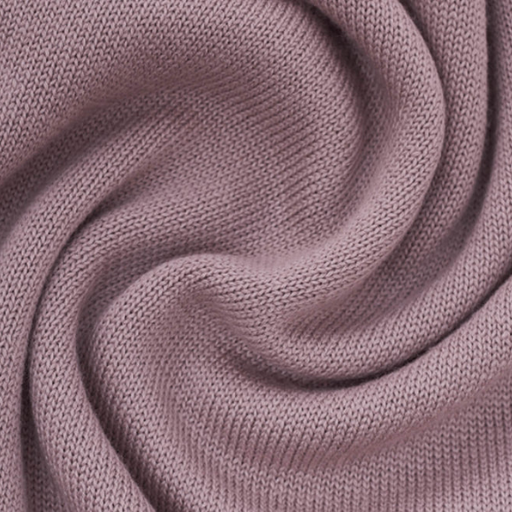
Certain features put acrylic above polyester, leaning more toward certain materials depending on the application. First of all, acrylic fibers have better insulation as they are easier to retain heat resulting in effectiveness in colder climates and products such as sweaters and blankets. In addition to this, acrylic is soft in nature and aids in comfort for wearing apparel as it can imitate the feel of natural wool. Furthermore, acrylic injures the fabric very little when retaining color, outperforming other materials even when placed under the sun for prolonged periods of time. This makes the fabric perfect for outdoor furniture and ornamental uses which needs bold and vivid colors for a long period of time. Even though polyester is recognized for its extreme durability, textiles that need warmth, comfort and aesthetics are best served by acrylic.
Is acrylic a better choice for knit garments?
Considering knit wears, acrylic brings several benefits; however, its durability, comfort, ease of care, and cost-effectiveness must first be analyzed. Step forward to acrylic yarns that highly boast exceptional versatility and softness while simulating natural fabrics like wool, and at the same time being more resistant to mildew and moths. Alongside some natural fibers, acrylic is lightweight, easier to retain shape as well as being more resilient to abrasion or wear which is a plus when frequently used for garments.
Modern acrylic fibers also excel in color vibrancy and retention while preventing further damage like fading ensuring a garment’s visual appeal is maintained after multiple washes. Alongside these benefits, acrylic is moisture resistant which controls the risk of shrinking and warping during washing. Although knitters have an advantage here, the lack breathability compared to natural fibers acrylic offers may pose issues during warm weather. Even with this hindrance, the low cost and ease of upkeep associated with acrylic yarn often make it a reasonably practical and preferred selection for knitting projects.
What makes acrylic a popular choice for sweaters?
Acrylic is a popular choice for sweaters due to its versatility, affordability, and durability. Its synthetic composition allows it to mimic the softness and warmth of natural fibers like wool while being significantly more budget-friendly. Acrylic fibers are highly resistant to wear and tear, ensuring that garments like sweaters maintain their appearance and functionality over time, even with frequent use. Furthermore, manufacturers and crafters have the option of choosing acrylic yarns from a wide selection of different colours, which helps in designing bold and unique pieces. Its ability to keep its shape as well as fight against moth damage makes long-term storage and wear easy. The lightweight nature of the material also means that cozy, inexpensive sweaters can be made for different types of weather, without sacrificing comfort or insulation.
Reference Sources
1. The Effect of ZnO Nanoparticles on the Color Change of Polyester: This study investigated the impact of zinc oxide (ZnO) nanoparticles on the adhesion strength and color change of polyester coatings. Various concentrations of ZnO nanoparticles (0% to 2%) were added to polyester coatings, and their effects were analyzed using transmitted electron microscopy (TEM) and spectrophotometry.
2. Comparing the Shear Bond Strength with Acrylic Teeth, Hardness, Surface Roughness, and Cost-Benefit of Three Different Denture Base Materials: This study compared the mechanical properties (shear bond strength, hardness, and surface roughness) and cost-effectiveness of three denture base materials: polycarbonate (PC), injectable acrylic, and heat-cured acrylic. A total of 90 specimens were tested using standardized methods.
3. Preparation and Characterization of Novel Poly(Vinyl Alcohol) (PVA) and Poly(Acrylic Acid) (PAA) Hydrogels: This research developed pH-sensitive hydrogels using varying concentrations of PVA and PAA. The hydrogels were characterized for swelling behavior, drug release profiles, and electrochemical impedance.
Frequently Asked Questions (FAQs)
Q: What are the primary differences between acrylic and polyester fabrics?
A: The primary differences between acrylic and polyester fabrics lie in their composition and performance. Acrylic is made from synthetic fibers derived from acrylonitrile, while polyester is made from polyethylene terephthalate. Polyester is generally more durable, while acrylic is softer and warmer, often compared to natural fibers like cotton or wool.
Q: How does polyester yarn compare to acrylic yarn?
A: Polyester yarn is typically more durable and resistant to stretching and shrinking compared to acrylic yarn. While polyester yarns offer better moisture-wicking properties, acrylic yarns provide a softer feel and more vibrant colors, making them popular for knitwear and crafts.
Q: What are the advantages of using polyester and acrylic yarn in crafting?
A: Both polyester and acrylic yarns are popular in crafting due to their affordability and wide range of colors. Polyester yarn is more durable, making it suitable for items that require longevity, whereas acrylic yarn is softer and easier to work with, making it ideal for beginners.
Q: Can you air dry garments made from polyester and acrylic yarn?
A: Yes, you can air dry garments made from both polyester and acrylic yarn. However, it is advisable to avoid direct sunlight to prevent fading, especially with acrylic fabrics, which may be more susceptible to color loss compared to polyester.
Q: Are there any significant differences between acrylic and polyester fabrics in terms of breathability?
A: Yes, polyester is generally more breathable than acrylic, although neither is as breathable as natural fibers like cotton or wool. This makes polyester a better choice for moisture-wicking fabric in activewear, while acrylic may be chosen for warmth.
Q: How do the care instructions differ for polyester yarn and acrylic yarn?
A: Both polyester yarn and acrylic yarn are typically machine washable, but it’s important to check the care label. Polyester may tolerate higher temperatures, while acrylic should be washed in cold water and dried on low heat to prevent damage.
Q: Is polyester considered a better fabric than acrylic for outdoor use?
A: Yes, polyester is often considered better than acrylic for outdoor use due to its superior durability and resistance to UV rays. It holds up well in various weather conditions, making it suitable for outdoor gear and apparel.
Q: What are the environmental impacts of polyester and acrylic fabrics?
A: Both polyester and acrylic are synthetic fibers derived from petroleum, which raises environmental concerns. However, polyester can be recycled more easily than acrylic. Using recycled polyester can help reduce the environmental footprint associated with these fabrics.








